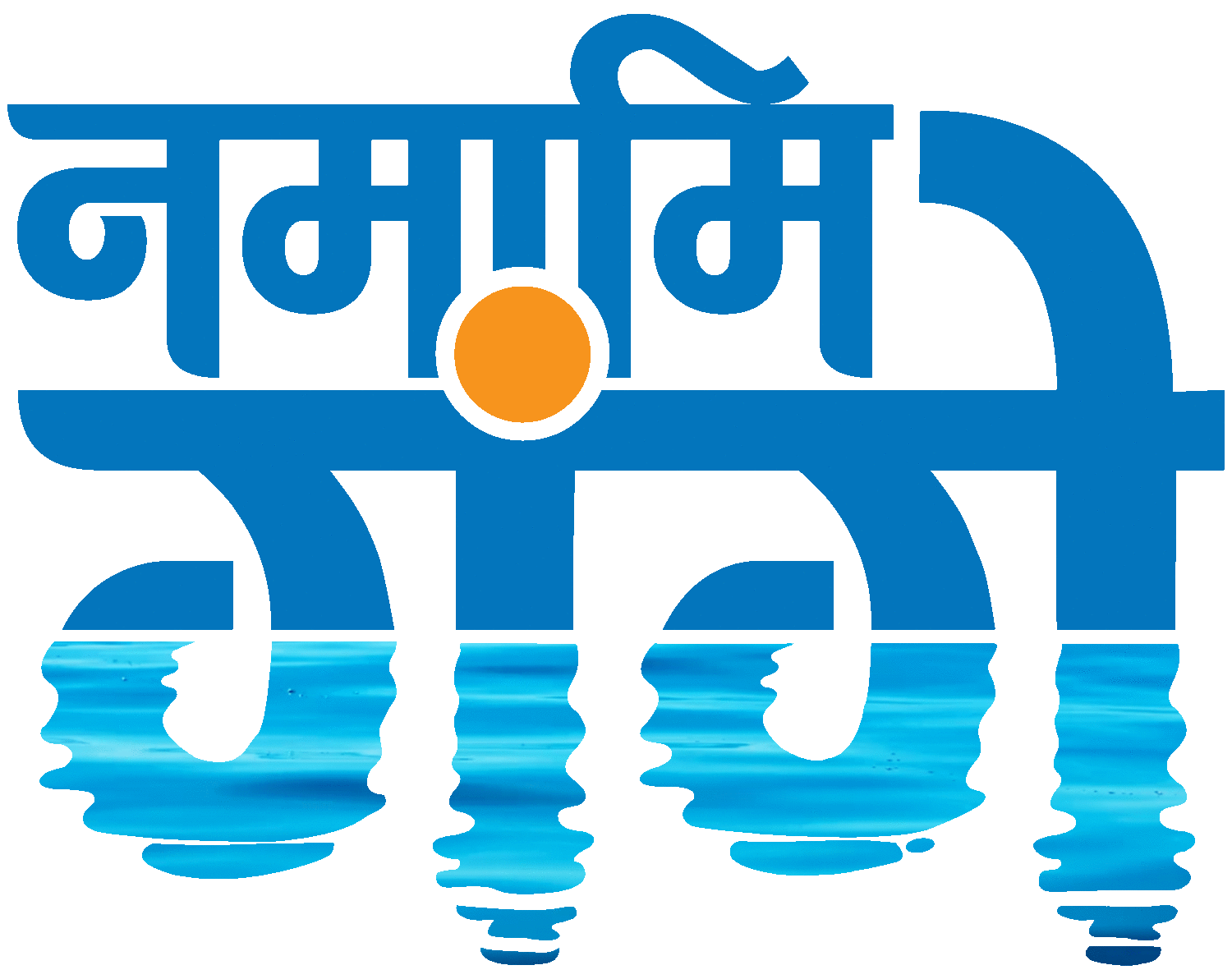







The Song Watershed, located in the eastern Doon Valley, Uttarakhand, spans 1040.49 km², with elevations ranging from 303 m to 2764 m a.s.l. While its western section is urbanized, the eastern region features rugged terrain. The 80 km-long Song River originates near the Surkanda Devi temple in the Dhanaulti ranges and is fed by tributaries such as Bandal, Baldi, Suswa, and Jakhan Rao before draining into the Ganga River at Tehri Farms. The upper watershed, consisting of formations like Krol, Chandpur, and Nagthat, is highly landslide-prone, whereas the lower sections comprise alluvium and Shiwalik formations. The region faces environmental threats such as sand mining, cloudbursts, overtourism, landslides, and river pollution.